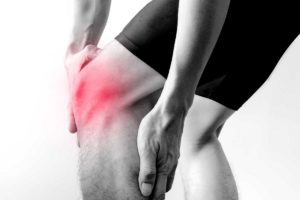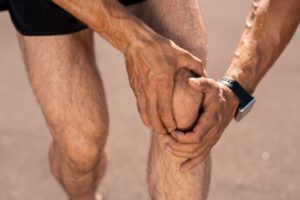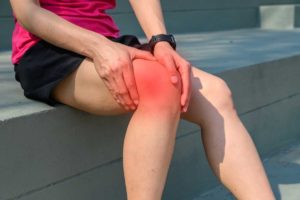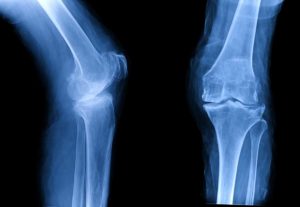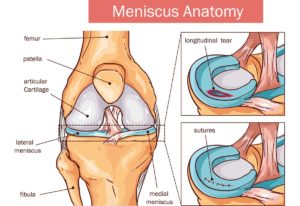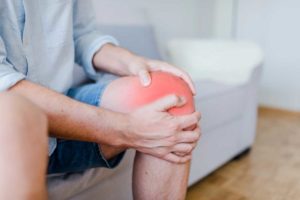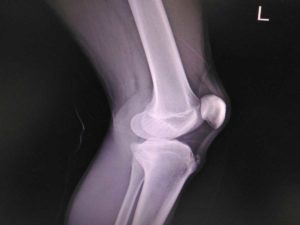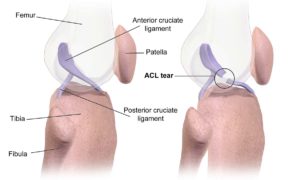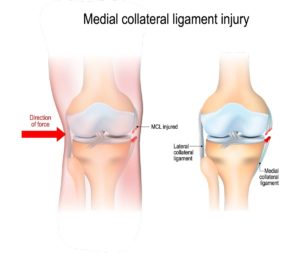
Patello-Femoral Pain Syndrome (PFPS)
Typical Symptoms
Patello-femoral pain syndrome (PFPS) is typically around the anterior (front) of the knee and usually causes a sharp, intense pain behind the patella (knee cap), that can be associated with a “giving way” sensation when it comes on. Often this can happen when climbing the stairs and if it flares up, swelling can occur.
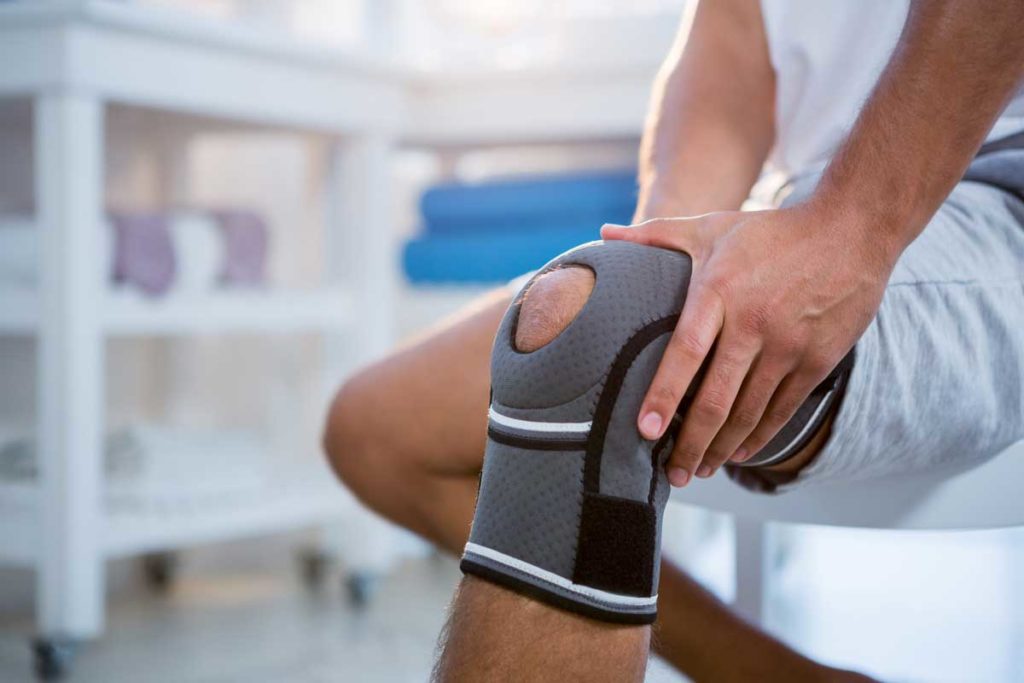
What causes it?
The pain typically originates irritation of the patello-femoral cartilage either through fibrillation (small cracks) or increased compression. There can be a variety of contributing factors such as Ilio-tibial band (ITB) tightness, quadriceps tightness or weakness and issues with pelvic control. Sometimes it maybe a simple irritation (chondromalacia) of the cartilage, but in more severe cases osteoarthritis (wear and tear) can develop.
How can I help myself?
It is useful to think what brings on the pain symptoms and try to offload from these activities. Sometimes working with a coach to correct technique, if it is related to sport, or a sports therapist to help with tightness in the ITB or quadriceps, can help with your symptoms.
If there is swelling, simple PRICE measures can help reduce this and so too can a knee support or compression. If pain is considerable, oral pain-killers can be useful in managing your symptoms.
When to seek help?
If your symptoms are not settling despite trying to address the activities that contribute to symptoms or if it is affecting your function, then you should be assessed as soon as possible.
What are the treatment options?
Your clinician will assess you with a thorough history and examination after which they may begin by advocating rehabilitation with a physiotherapist or a gait analysis with a podiatrist. In conjunction, they may organise an X-ray to look for osteoarthritis or lateral (outer) tilting of the patella.
If pain and swelling are significant, they may recommend bracing or taping, but if symptoms are not settling, an MRI may help to assess the cartilage in greater depth. Having done so, your clinician may discuss a hyaluronic acid or PRP injection with you to help with pain symptoms, but if this does not help, a surgical opinion can be sought.

